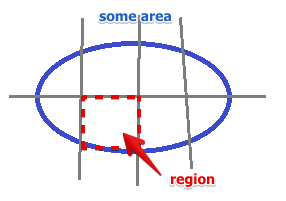Parliamentary Allocation
Suppose we run an election. We want to allocate seats in the parliament proportionally to the number of votes each party received.
Problem:
- $n$ - number of voters that participate in the elections
- $N$ - number of classes (parties) that are being elected
- $P_1, …, P_k$ - are partitions of the population, \sum_P = N
- size of $P_i$ is $p_i$
- goal: to select $S$ representatives, $S$ - the total number of seats that are allocated
A quota $q_i$ of party $i$ is the number of sets the party receives after election:
- $q_i = S \cdot \cfrac{P_i}{n}$
- but it must be an integer| Cannot divide one seat between two parties | | This is important not only for seats allocation, but for allocating in general.
For example,
- suppose we have some area that suffers from fire
- we have only 10 medical units
- how to allocate them between the regions in that area?

- can allocate as follows: the number of voters $p_i$ - density of a region, $n$ - all people of the area
- $S$ is the number of medical units
- $q_i$ the number of medical units sent to region $i$
- $q_i = S \cdot \cfrac{P_i}{n}$ - again: it has to be an integer| | |
Methods
- Hamilton’s Method
- Jefferson’s Method